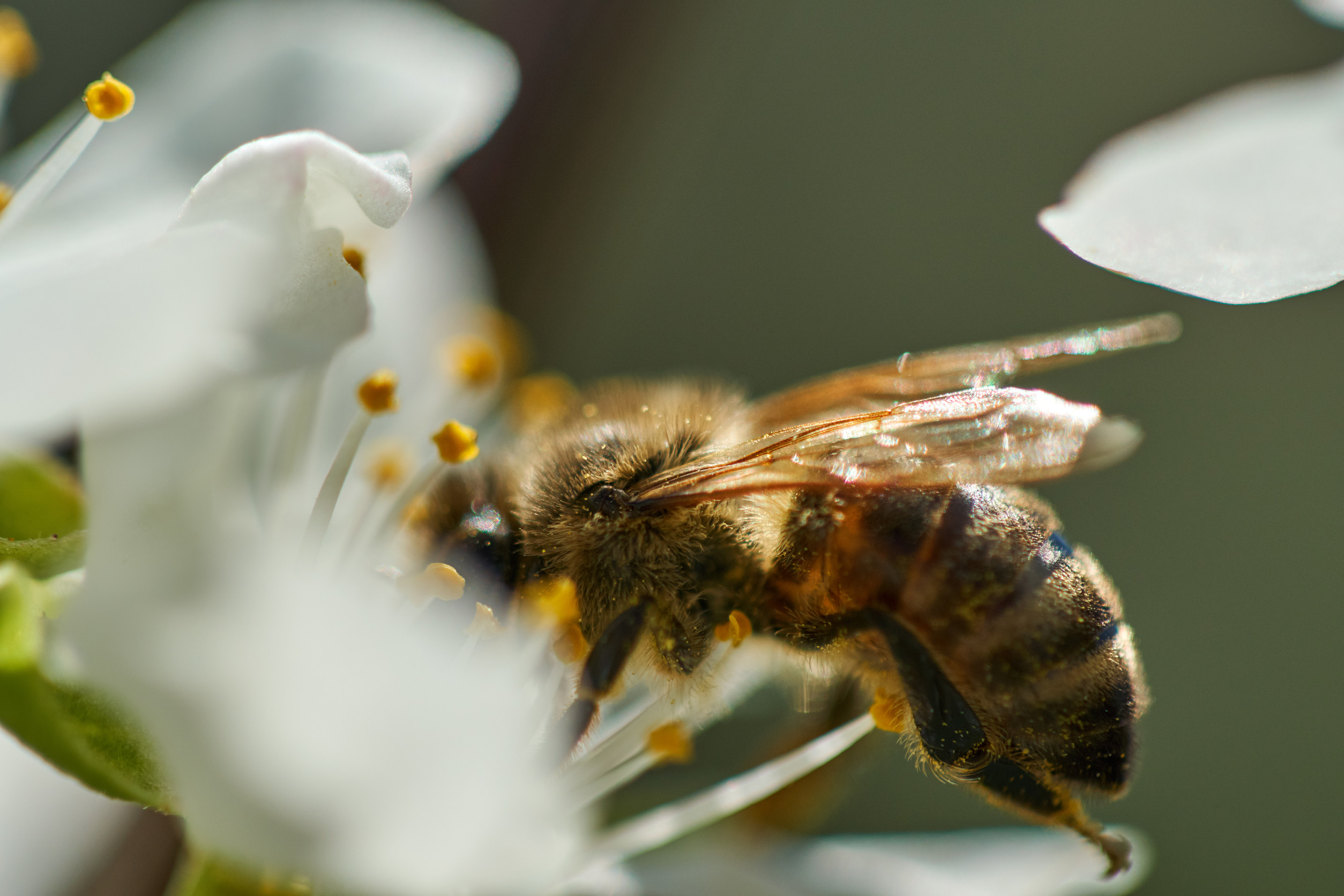“The real voyage of discovery consists not in seeking new landscapes, but in having new eyes.” – Marcel Proust
BY: Amelia Buckley
Among other threadbare patches in the social fabric, the pandemic has exposed the shortfalls in public health funding that have plagued many countries for years. But it also exhibited what neglected researchers can accomplish with the full force of public and governmental support behind them.
Medical crises can have catastrophic societal implications, but these moments of chaos have also catalyzed innovation in medicine, in public sanitation, or even in physics. Great leaps forward like the theory of gravity and modern hospitals would not exist without the Black Plague and the Spanish Flu.
The wait for a covid-19 vaccine may have felt excruciatingly long for those of us working from our kitchen tables and spending the holidays apart from our families, but looking at vaccine track records, this one was actually impressively speedy.
The previous record for fastest vaccine development period was in the 1960s. The mumps vaccine went from development to deployment in just four years. In comparison, the 10 months it took to crank out covid-19 inoculation was quite speedy. Although the vaccine itself was produced quickly, the route to mRNA vaccines has been long and arduous, especially for it’s creator Katalin Karikó.
The surprisingly arduous path to mRNA vaccines
All of us recently became very familiar with the term “mRNA vaccine” and its role in slowing the spread of covid-19, but Karikó has spent her entire career studying the scientific concept.
 The daughter of a butcher, Karikó moved to the US with her husband and young daughter from Hungary in 1985 to contribute to research at Temple University in Philadelphia. As she moved to continue her work at University of Pennsylvania’s School of Medicine, she became a strong advocate for the medical potential of messenger RNA (mRNA) research. Her ideas were dismissed as too risky and financially unrewarding to fund, but she never gave up on her idea.
The daughter of a butcher, Karikó moved to the US with her husband and young daughter from Hungary in 1985 to contribute to research at Temple University in Philadelphia. As she moved to continue her work at University of Pennsylvania’s School of Medicine, she became a strong advocate for the medical potential of messenger RNA (mRNA) research. Her ideas were dismissed as too risky and financially unrewarding to fund, but she never gave up on her idea.
Even after being denied for grant after grant, demoted at University of Pennsylvania, and diagnosed with cancer, Karikó continued to pursue her research and to advocate for mRNA funding.
Throughout most of the 1990s, while other scientists turned their attention to DNA and the rise of genetic sequencing, Karikó persisted with her research into mRNA. The basis of her theories was the insight that where DNA work could offer answers to genetic diseases, most diseases were not hereditary and could not be solved through DNA alteration. In 2015, she finally had a breakthrough in her work when “lipid nanoparticles” proved effective for introducing mRNA into the cells of mice without degrading.
As covid-19 ravaged the world and companies and governments desperately searched for vaccination options, Karikó and her former colleague Drew Weissman finally found an avenue to put their research to medical use. The pair developed a covid-19 vaccine which is the first of its kind.
What makes mRNA vaccines different
While traditional vaccines introduce a small amount of the disease to trigger an immune response, Karikó and Weissman’s vaccine utilizes synthetic mRNA to teach our cells how to make a protein to fight the disease. The mRNA strand never actually enters the cell’s nucleus, but once the protein or antigen is displayed on the cell’s surface, it triggers the body’s immune system to produce antibodies and T-cells which fight off essentially an imagined infection. This way, the body is ready to fight the virus should it be exposed, even though it has never actually been encountered.
Not only do mRNA vaccines teach our body to fight a disease without ever risking exposure to the disease itself, but theoretically, it can also protect against multiple strains of a disease in the case of mutations like those we are seeing today with covid-19.
mRNA research and applications were propelled forward by the covid-19 pandemic, but the technique holds important  implications for other medical fields and diseases as well. As we recently shared, Moderna is now in the process of developing an mRNA vaccine for HIV. Fast mutation rates had previously inhibited vaccination efforts, but with the adaptability of mRNA, scientists are confident they can now create an HIV vaccine that accounts for the rapidly changing nature of infection strains.
implications for other medical fields and diseases as well. As we recently shared, Moderna is now in the process of developing an mRNA vaccine for HIV. Fast mutation rates had previously inhibited vaccination efforts, but with the adaptability of mRNA, scientists are confident they can now create an HIV vaccine that accounts for the rapidly changing nature of infection strains.
Similar mRNA techniques have also been used to trigger the immune system to target and destroy cancer cells. For diseases that already have vaccines, mRNA could be used to improve the efficacy of these vaccines and reduce the number of booster shots by accounting for more potential strains. While the application of this new technique is still in its infancy, it unlocks new avenues of treatment and prevention for a wide range of medical maladies that may prove revolutionary to human health.
The value of perseverance
The sigh of relief and glimmer of hope we all experienced when Pfzier and Moderna announced that they had developed covid-19 vaccines with 90 to 95 percent efficacy was made possible not by a few months of work since the start of the pandemic, but by decades of dedication from a scientist banking on the fact that her idea would one day change the face of medicine and the world.
Karikó’s story is a tale of perseverance that can inspire anyone who has had a great idea, but hit many roadblocks on the route to success. Here at the Optimist Daily, we can admit we know the feeling. An idea can be great, even revolutionary, and still take trial and error to get off the ground. Never forget that Galileo was ridiculed and even imprisoned for arguing that the sun, not the Earth, was the center of the universe and Mendel was dismissed for suggesting that human traits are passed through hereditary means. Even Apple and Ford were considered failures in their early days.
Vaccine advances aren’t the only medical innovations to come from the pandemic pressure cooker. In further search for contactless ways to deliver vital medical services, telemedicine (literally medical help delivered over the telephone or other telecommunications channels) may have finally hit the mainstream. In addition, some organizations turned to robotic assistants as a potential way to make care more available and effective while taking some of the strain of doctors and nurses.
Telemedicine and robot assistants on the rise
 In Rwanda, human-sized robots were deployed to complete simple tasks like taking patients’ temperatures and delivering supplies. The use of robots for these basic tasks saves doctors and nurses time, so they can prioritize their efforts on patients in need. This also reduces unnecessary contact between patients and medical staff to help slow the spread of covid-19 infections.
In Rwanda, human-sized robots were deployed to complete simple tasks like taking patients’ temperatures and delivering supplies. The use of robots for these basic tasks saves doctors and nurses time, so they can prioritize their efforts on patients in need. This also reduces unnecessary contact between patients and medical staff to help slow the spread of covid-19 infections.
Across the world in Boston, the Boston Dynamics team designed a telehealth robot, Spot, equipped with an iPad and two-way radio to allow doctors and patients to interface without actually being face to face. The company is working on expanding Spot’s capabilities to include measuring respiratory rates, pulse rates, and oxygen saturation, as well as aid in disinfection protocols.
Although developed for the pandemic, these technological health solutions can help medical facilities continue to run more smoothly, even after the pandemic, and optimize the mobilization of medical facility resources and staff.
While robotic medical assistants may be new, telemedicine has actually been around for a while – just waiting for the rest of the world to catch up with its promise. The pandemic experience of 2020 suddenly made remote medical services more relevant, and pushed telehealth  to evolve and improve. In 2019, 11 percent of consumers used telehealth services. This number jumped to 46 percent in April 2020. More people are using telehealth to safety consult their doctors, but it’s also allowing patients to receive care who previously had no access to medical facilities, especially for mental health resources. For example, expanded online therapy options have made mental health care more affordable, accessible, and destigmatized at a time when more people than ever are seeking support.
to evolve and improve. In 2019, 11 percent of consumers used telehealth services. This number jumped to 46 percent in April 2020. More people are using telehealth to safety consult their doctors, but it’s also allowing patients to receive care who previously had no access to medical facilities, especially for mental health resources. For example, expanded online therapy options have made mental health care more affordable, accessible, and destigmatized at a time when more people than ever are seeking support.
While in person health care will remain the gold standard for diagnosis and treatment, even after we are safe to return to casual face-to-face interaction, the tremendous improvements and new-found familiarity with remotely delivered medical care will continue well beyond this current crisis.
Continuing to support innovation
For the medical field, covid-19 has been the ultimate stress test. It has exposed shortfalls, spurred innovation, and reminded us all of the value of science and strong public health policies. It has also underscored what can be accomplished when we are truly challenged. People say you cannot appreciate the good days without the bad, but I might go one step further to argue the good days are only possible because of hard work put in during the bad. Studies have found that companies that invest in innovation during challenging times are more likely to outperform their competitors during recovery. It is yet another reminder that resources devoted to research and development AND in the pursuit of knowledge for knowledge’s sake are worthwhile even if we don’t know their value in the short term.
 So how can we encourage medical innovation like that we’ve seen during the pandemic even after it ends? The simple answer is increased funding. Supporting medical facilities, workers, and researchers consistently, as we have during the pandemic, is the best way to keep health innovations coming even during less tumultuous years. Creating public funding opportunities for science, beefing up the medical supply chain, and supporting better working conditions for medical staff will not only better prepare us for the next medical challenge, but also improve the everyday health of citizens around the world.
So how can we encourage medical innovation like that we’ve seen during the pandemic even after it ends? The simple answer is increased funding. Supporting medical facilities, workers, and researchers consistently, as we have during the pandemic, is the best way to keep health innovations coming even during less tumultuous years. Creating public funding opportunities for science, beefing up the medical supply chain, and supporting better working conditions for medical staff will not only better prepare us for the next medical challenge, but also improve the everyday health of citizens around the world.
Katalin Karikó fought for decades to have her work supported. Now it is offering relief to millions during a devastating pandemic and even potentially unlocking the path to a vaccine for HIV. Her work is a testament to the power of perseverance and to the catalyst that is crisis. I hope we can take the lesson that this crisis has taught us and keep supporting sound medical research that may never make millions, so that the next great idea doesn’t have to wait for a moment of chaos to find the light of day.











